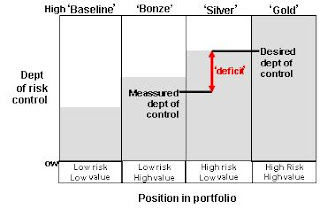Too many process captains and too few indians
The post will be less valid to American readers and I guess also readers from the U.K. and several Asian countries as it will be a little rant against all the IT process models which are smothering the average Dutch IT organization. Readers from counties which also have a ‘consensus’ culture might however find some common ground in the text below. My country (The Netherlands) is both blessed and cursed with a culture where everybody wants to talk about every decision. This is totally unlike for example the American style where the department head decides and the rest executes. This approach has as a site effect that potential lower in the organization remains untapped, but it also enhances focus and speed.We have a large (IT) service industry and this combined with our consensus culture created an ideal feeding ground for process models like ITIL (infra support), ASL (application support), and BiSL (information management). For process models to be effective they require part of t







